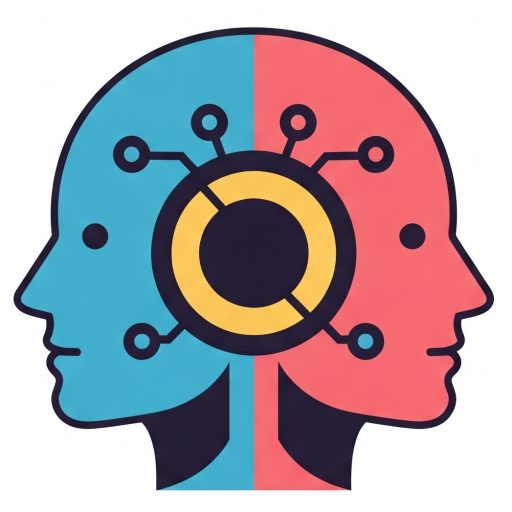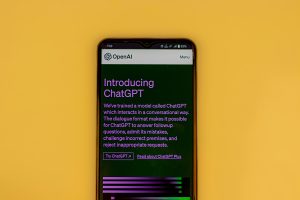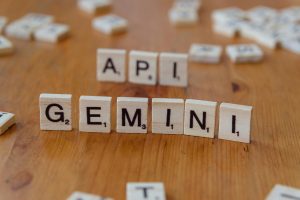My Last Two Weekends with Google’s AI: A Mix of Awe and Fear
My Journey with Google’s AI Model: A Civil Engineer’s Exploration
Last weekend marked an exciting yet daunting chapter in my professional journey. As a civil engineer specializing in design and management, I found myself diving deep into the world of artificial intelligence, specifically Google’s latest AI model. With no previous coding or computer science experience, my adventure has been a mix of awe and apprehension.
To set the stage, I recently obtained a free student license for this innovative AI tool. My goal was straightforward: create a small application to help me manage and track my small-scale projects. While there are existing software solutions available, I sought to develop something tailored to my own specific needs—a straightforward tool featuring finance tracking, project health metrics, and some visual charts.
I dedicated nearly eight hours over the weekend to this project, engaging with the AI model as if I were consulting a team of experienced programmers. To my astonishment, the model generated entire blocks of code for me and provided detailed instructions on the necessary software to download and how to implement the code.
The outcome? I successfully created a functional program despite my lack of coding expertise. While it’s not flawless and certainly doesn’t boast the sophistication of professional-grade software, it serves my requirements effectively. There’s something immensely gratifying about bringing a personal vision to life, even if it’s not 100% polished.
However, amid my excitement, I also felt a sense of unease. The advancements in AI technology are staggering, and if this model continues to evolve, it raises some critical questions about the future landscape of various fields. The capabilities of such models may redefine the boundaries of what non-experts can achieve.
As I prepare for the upcoming week, my intention is to push the envelope further by creating additional small-scale applications. I’m eager to see how this technology can enhance my work and perhaps inspire others in similar fields to explore the possibilities of AI.
If anyone has suggestions or feedback on this journey, or if I’ve misused any terms or tags in my post, please feel free to reach out. Here’s to embracing innovation—one application at a time!














Post Comment